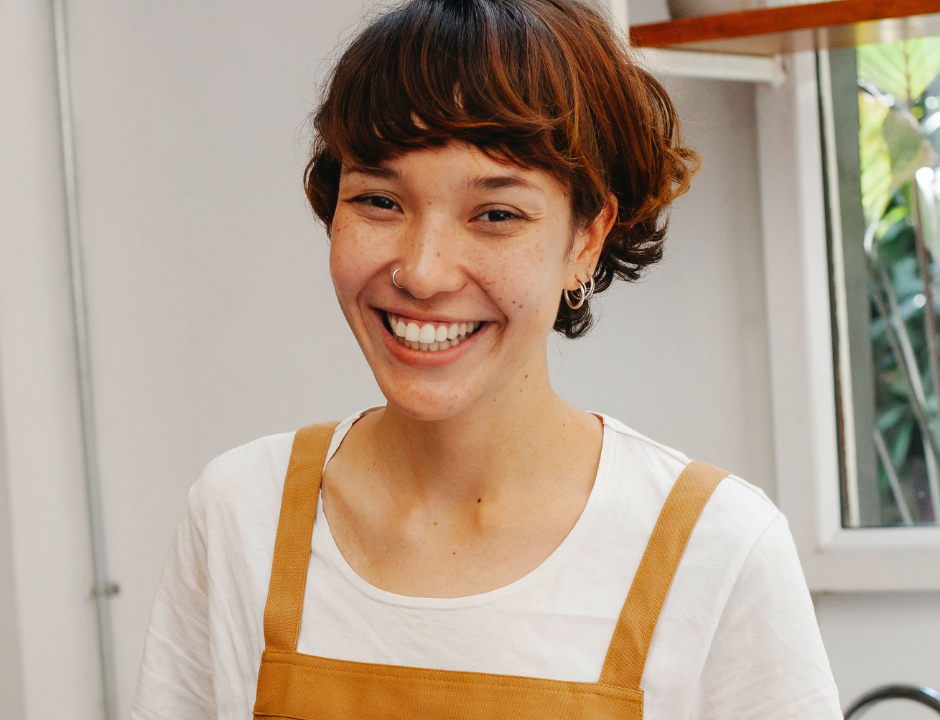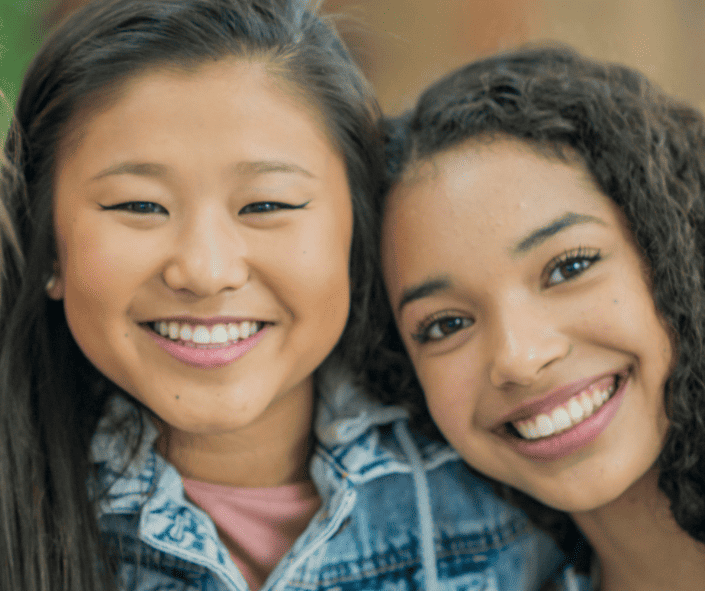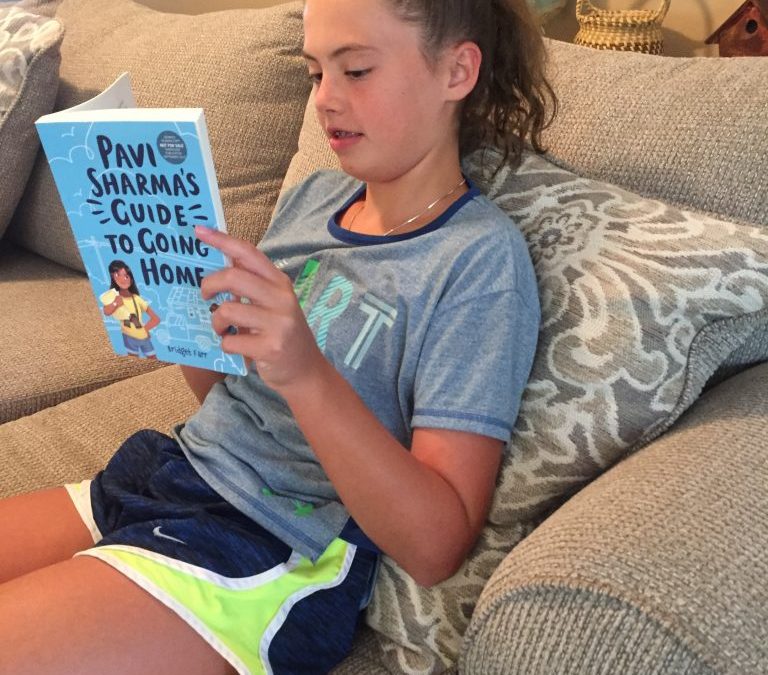
How do you explain foster care to a child who has never experienced it? Or who has never even had to consider what life may be like without their loving, supportive, healthy parents? As families consider foster care, one of their biggest concerns is how it will impact the lives of their biological children.
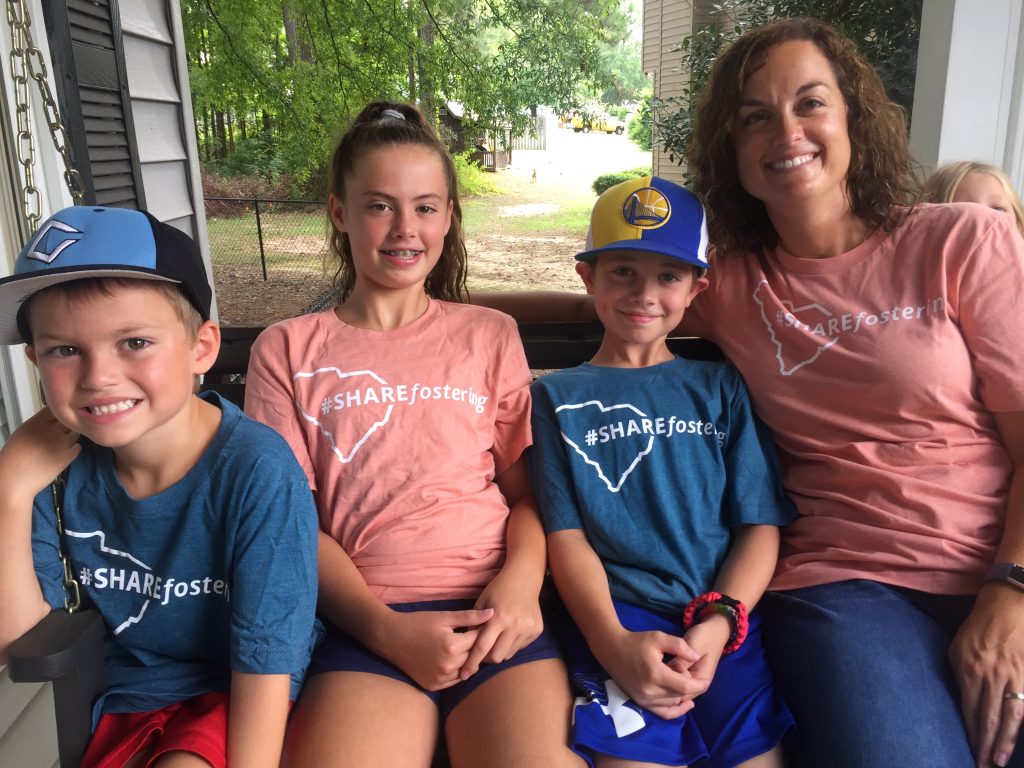
Parents want the best for their kids. There’s no doubt. But without a crystal ball (and typically without any experience with foster care), no one can know how foster care will change their lives – for better or worse. The reality when you talk to foster families is that it often impacts each child differently, mostly for the better but not without its challenges.
One way that families might decide to introduce foster care to children of all ages may be through reading books as a family at age appropriate levels. There are many books for toddlers and younger children that we recommend. But, a new favorite is Bridget Farr’s soon to be released (Sept 2019) debut novel “Pavi Sharma’s Guide to Going Home.” Farr, a sixth-grade teacher in Austin, Texas, has crafted a clever glimpse into the life of a twelve-year old, Pavi, who is in foster care and her secret mission to serve other kids like her. Add in her foster mom Marjorie, and brother Hamilton, and you get a lesson not only in the importance of family- but the nuanced feelings of kids in foster care who are just trying to survive whatever family they are currently in- again, for better or worse.
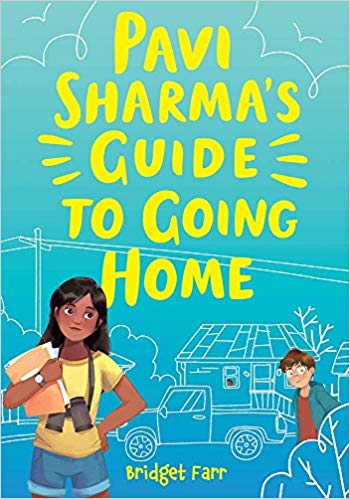
As a foster parent, this was a quick and interesting read. I fell in love with the quirky cast of characters and their nuanced relationships with each other. Pavi, the main character, became my guide as I started to see each of the 12 children who have come through my own home in new ways. I also started to see my own role as a foster parent in a new light – how might these children have viewed me and my home, my arrogance and privilege often hindering my ability to understand their experience.
But I wanted to get another perspective- a biological child of a foster family. How might Pavi relate to her? What might she (and Hamilton) reveal about the role of foster siblings?
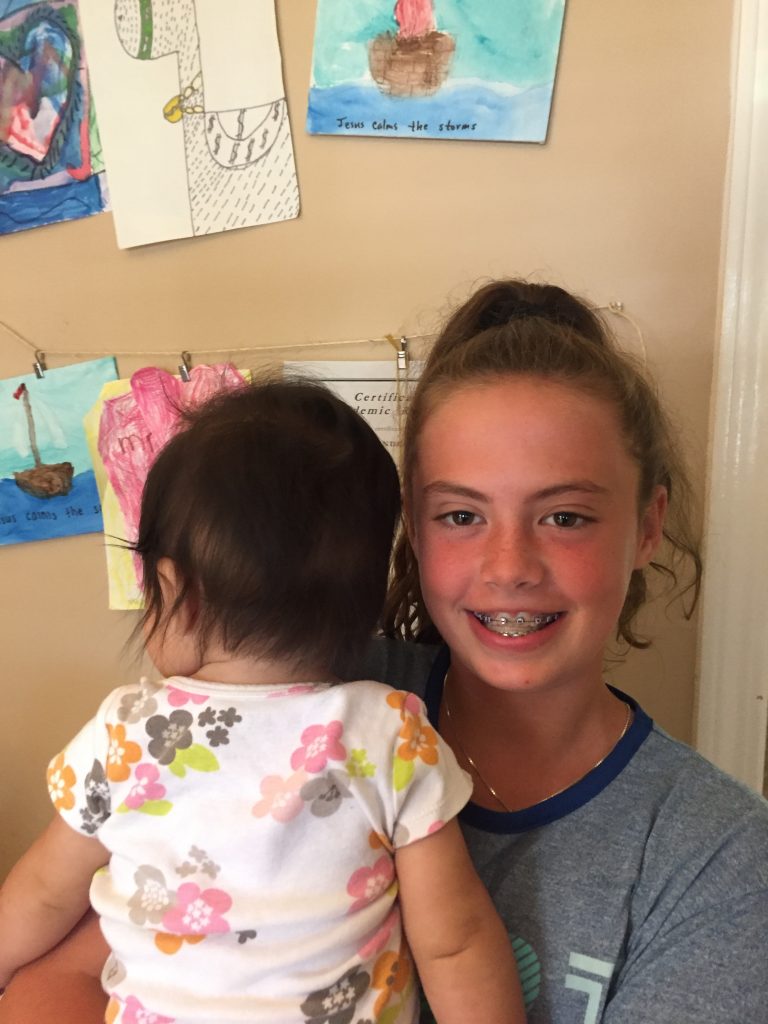
McKendree is a 12-year-old whose family has been fostering since 2016. They’ve had 10 kids come through their home in that time of varying ages- some young babies and others closer to her own age. McKendree loved the book just as much as I did, but had different insight as a sibling. Reading the book sparked good conversation among her parents and younger siblings as well, helping them process some of their own feelings and experiences together.
It made me think about what it would be like to be in foster care. It would be hard, but it would be good if you were coming from a really bad situation. You don’t really know about [Pavi’s] situation- you just know she was really sick.
McKendree
It was a pretty easy read for McKendree, a seventh grader. Although she already understands some of what foster care means, she thinks that she would have enjoyed the book even if she wasn’t familiar with it already. “It sort of explains it. You learn about her life.”
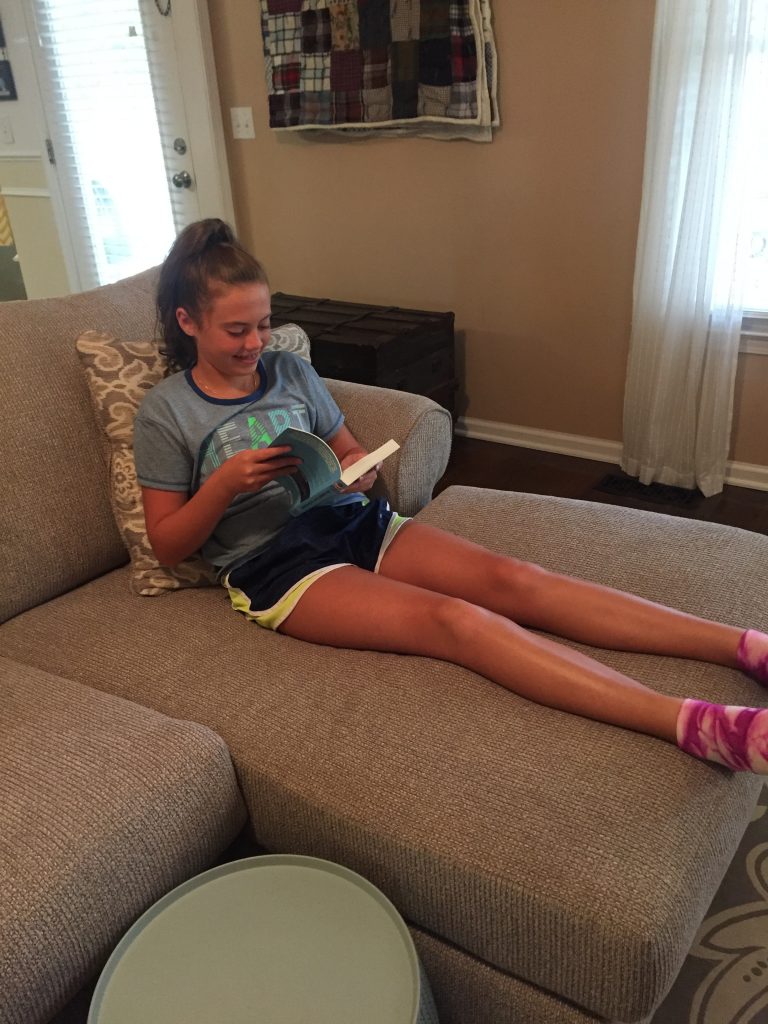
McKendree wants to share the book with her friends and other people whose families are considering foster care. She says that not many people really understand what her family is doing or why they continue to do it.
I wish other kids knew; a lot of people don’t even know about [foster care.] You shouldn’t give people dirty looks- like maybe because they don’t look like the people they’re with. My favorite thing about doing foster care is having a chance to help other people. A hard thing is letting them go back.
McKendree
There are so many quotable lines from Pavi that I want to share with you, but I think Mckendree and I agreed to leave you with hope. Pavi talks about some of the families she’s lived with (some good and some very bad) and how the hopes she had changed over time. Being with her current foster family who provides love and support and nurturing, Pavi says, “Hope has come back, started to return like flowers in spring. It’s not a rose garden of hope, not even a large bloom, but a bud, pushing its way through years of dirt.”
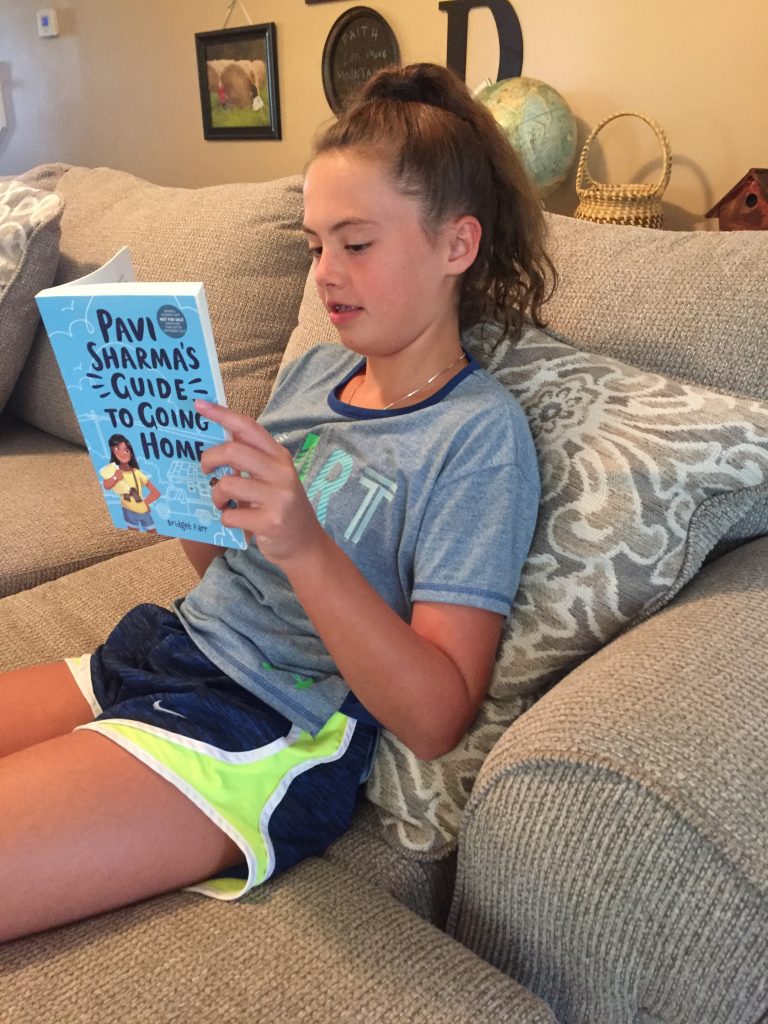
Foster families make a difference in the lives of children- and the best part is that everyone in the family gets to be a player in bringing hope back into a child’s heart.
Pavi Sharma’s Guide to Going Home will be released on Amazon and other retailers starting on September 17, 2019. Purchase your copy to share with the kids in your life that are impacted by foster care.
Want a chance to win a copy? Follow us on Instagram at Care2Foster and participate in our giveaway on Thursday, September 12, 2019!


